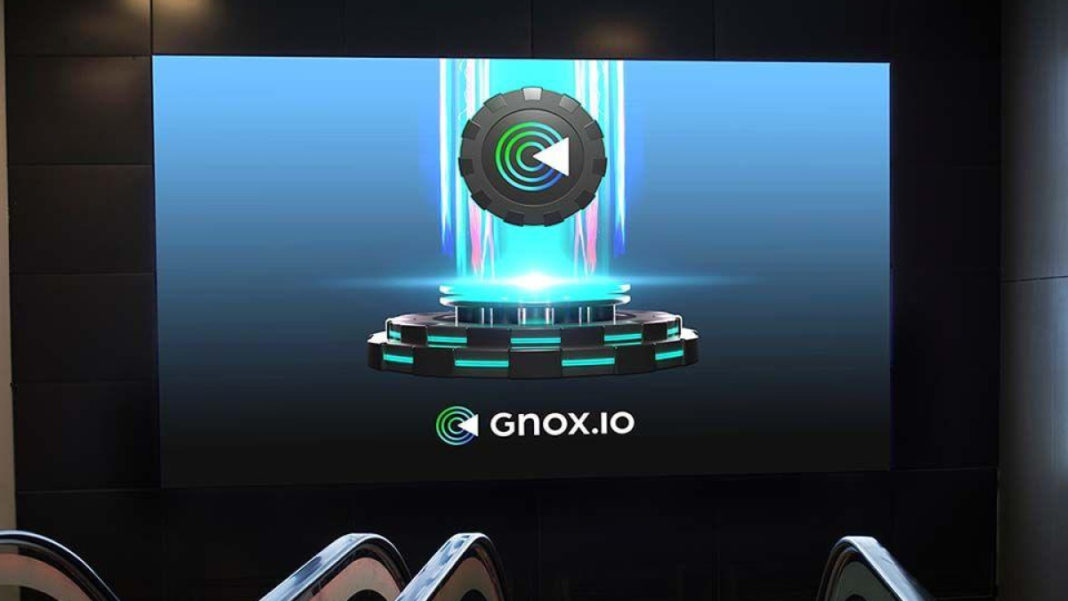After more than a decade of crypto investing, three patterns have become plainly obvious. The first is that the overall crypto market tends to ride up and down with the price of Bitcoin. The second is that altcoin prices almost always go up and down faster than bitcoin — they’re more volatile. And the third is that some tokens perform far better than others — or less badly — in times of bounty and bust. (The trick is identifying them.)
While Bitcoin is an easy pick for long-term investors who just want to hold on regardless of price action, higher risks can often come with higher rewards. The top layer-1 blockchains are a bit riskier but offer higher rewards. And they’re not quite as risky as coins lower down the crypto food chain.
If you’re an expert at crypto trading, go for it. Ride the bucking broncos. However, if you just want to ride the choice waves, then sticking with promising layer-1s is a good strategy. Very simple analytical tools like moving averages or MACD or RSI or a combination of those can be used to make decisions on when to buy and sell that are devoid of emotion.
Let’s look at three crypto assets that we believe part-time altcoin traders should consider looking into. The first two are layer-1 blockchains. The third is a DeFi token designed to perform well in both bull and bear markets.
TRON (TRX) – getting into the stablecoin game
Tron is a layer-1 blockchain built for decentralized file storage and content distribution. The interesting thing about Tron is that they’re now adding on a stablecoin ecosystem.
A stablecoin is a crypto token that is designed to remain pegged to one dollar value. To keep the value pegged to one dollar, TRX holders can buy USDD when the price is lower than one US dollar and then sell it back when it gets back to a dollar.
During bear markets, TRX has a history of outperforming other altcoins and in a bull market, it has a history of outperforming Bitcoin and Ethereum.
Cardano (ADA) – on the heels of Ethereum
Recently, Cardano achieved a major milestone by opening its architecture so that developers can begin creating applications on the blockchain.
Cardano is expected to match the performance of Solana before the year is over, and the coming Vasil hard fork will greatly increase this blockchain’s scalability.
Cardano is not going away any time soon. Its layer-1 competitors such as Solana, Avalanche, Polkadot, and Polygon have all fallen behind Cardano in market cap. Only BNB remains between Cardano and Ethereum.
GNOX — in good times and bad
As we mentioned in the opener, GNOX, unlike TRX and ADA, is a utility token that’s specially designed to do well in both bear and bull markets. That’s a rare animal.
The Gnox platform was developed to make DeFi earning simple and frictionless for crypto investors by offering what they call “yield farming as a service.”
All Gnox investments are held in a treasury. The funds are then invested into yield farming opportunities. Gnox’s team of expert DeFi analyst’s employes proven DeFi strategies to produce consistent, passive, monthly income. Returns are then redistributed back to those who hold the GNOX token. Additionally, 1% of each GNOX transaction is directly credited to all holders every 60 minutes.
While the platform is scheduled to launch in Q3, investors can get on board with their initial coin offering. More than 50% of the GNOX supply has been set aside for the presale.
Learn more about Gnox:
Join Presale: https://presale.gnox.io/register
Website: https://gnox.io






